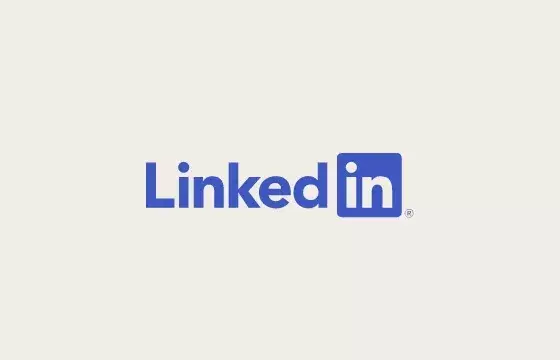When Microsoft provides quarterly updates on LinkedIn’s performance, a familiar pattern emerges. The announcements invariably include claims of extraordinary session growth and “record engagement” that has supposedly reached new heights each quarter. This trend, although predictable, raises questions and warrants a closer examination of the validity behind these metrics. Since 2018, LinkedIn’s updates have become almost ritualistic, making one wonder whether the underlying data reflects substantial changes or merely clever marketing.
The Disconnect between Membership and Active Users
LinkedIn proudly flaunts its membership milestones, such as reaching a staggering billion users. However, a critical look reveals a significant disconnect between reported membership figures and actual user engagement. It is essential to differentiate between total sign-ups and active users. While many platforms emphasize the latter, LinkedIn continues to highlight total membership numbers, creating an illusion of activity that may not exist.
For instance, if we consider the reported statistics within the European Union, less than 30% of LinkedIn’s members are actively engaging with the platform. This stark statistic suggests that LinkedIn’s effective user base is around 300 million active users rather than the touted billion. Such discrepancies point to a marketing strategy focused on breadth rather than depth—a strategy that could mislead stakeholders about the platform’s true relevance in a competitive social media landscape.
Each quarter, Microsoft claims that LinkedIn sets a new record for user engagement. However, one must question the criteria used to determine this “engagement.” Are these reports based on meaningful interactions, or are they simply a metric of session counts and time spent on the site? In a world where users can scroll passively through content without meaningful interaction, such metrics can be deceptively inflated.
The ongoing addition of features such as Stories and TikTok-like video feeds adds further layers of complexity. While these offerings may aim to enhance engagement and keep pace with other social media platforms, they often lack resonance within a professional context. LinkedIn is inherently a niche platform tailored for professional networking and career development, and modifications that mimic broader social media trends may not lead to genuine user engagement but rather a diluted brand identity.
Despite the questionable nature of engagement metrics, LinkedIn’s financial performance remains robust. The platform reported a 10% revenue increase during its latest quarter, a figure that seems to placate critics and offset doubts about user engagement. Microsoft, with its broader strategic focus on artificial intelligence integration, appears content to support LinkedIn as long as these revenue figures keep climbing.
This scenario raises an important question: Is it enough for a social media platform to thrive solely on revenue growth if the engagement metrics are misleading? The danger lies in becoming overly focused on growth at any cost. If the platform’s user experience begins to suffer due to misaligned strategies, the long-term health of LinkedIn could be at risk, even if short-term revenues remain strong.
As LinkedIn continues to report its record engagement every quarter, stakeholders must approach these claims with an analytical mindset. The platform’s nature as a niche interface demands a different benchmark for success—one that may not align with the broader social media engagement metrics typically employed.
In a landscape where transparency is paramount, LinkedIn has an opportunity to redefine how it reports its user metrics for the benefit of its community and investors alike. Disconnecting the definition of “members” from “active users” not only clarifies the platform’s actual standing but also fosters a more honest portrayal of its engagement landscape. Only through transparency can LinkedIn hope to maintain its integrity and continue fostering meaningful connections, which is the core of its mission.


Leave a Reply